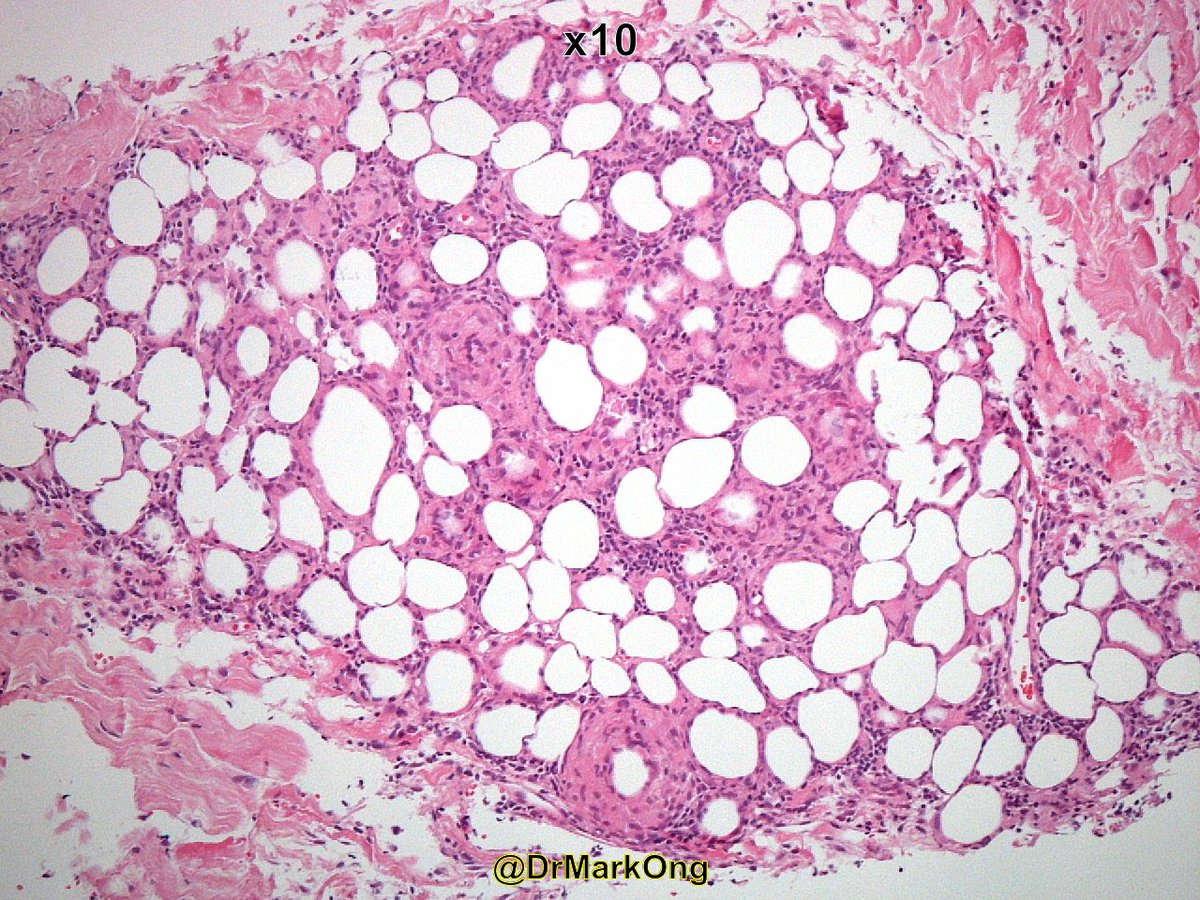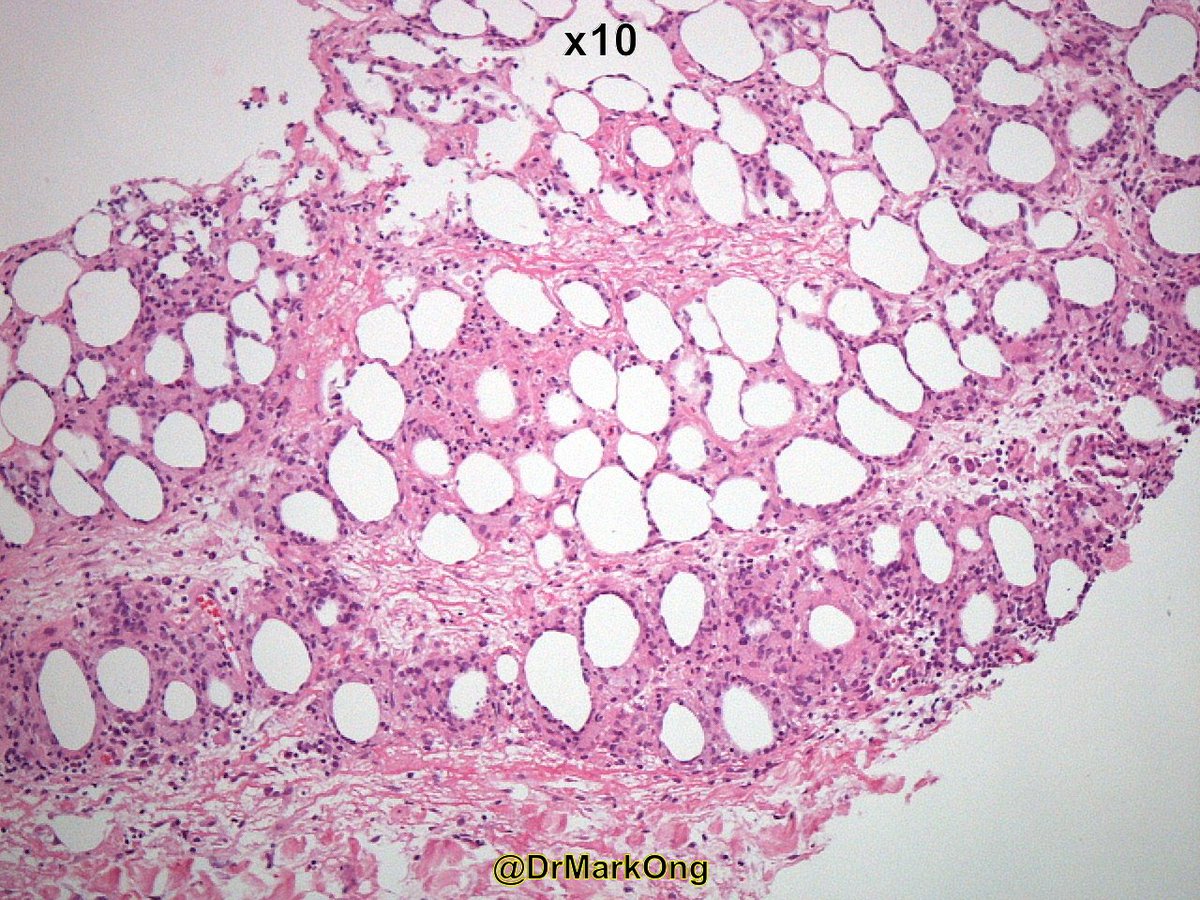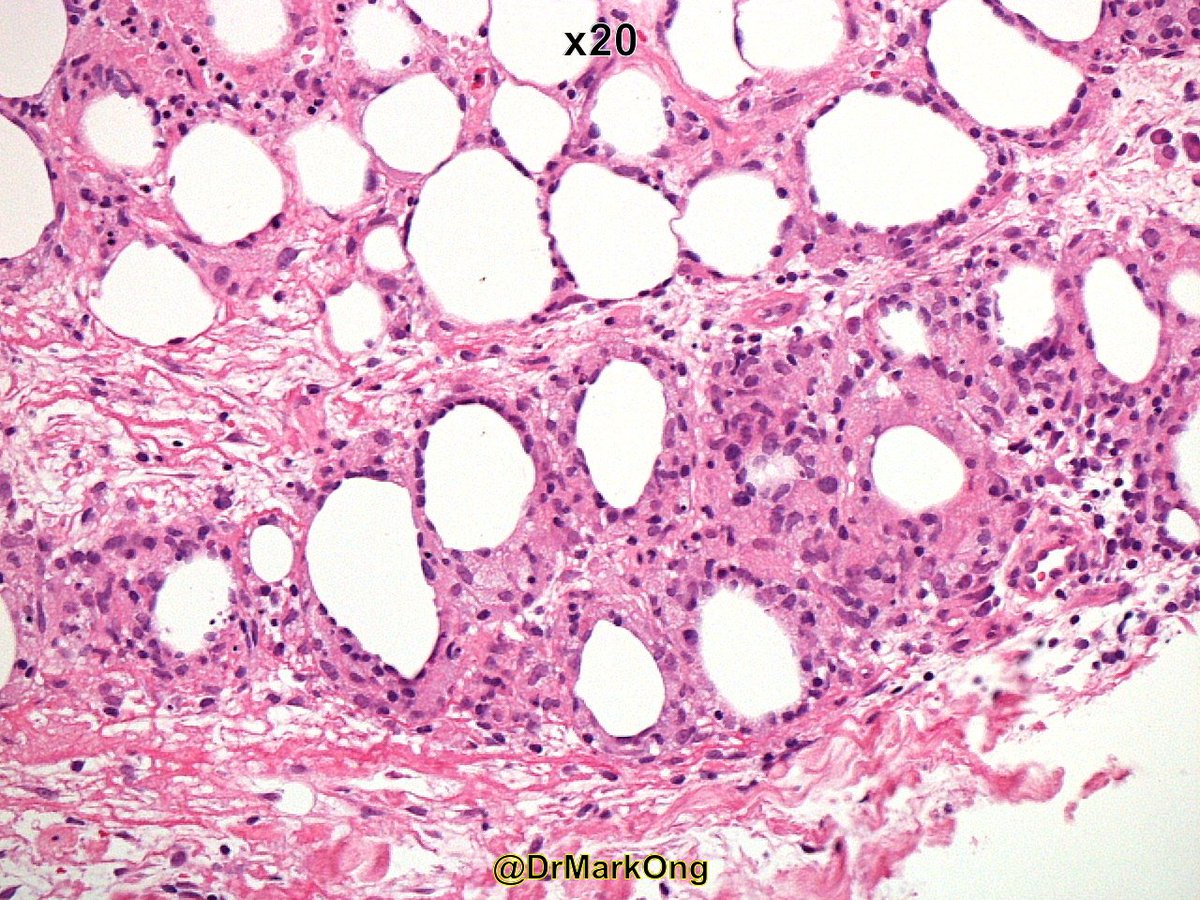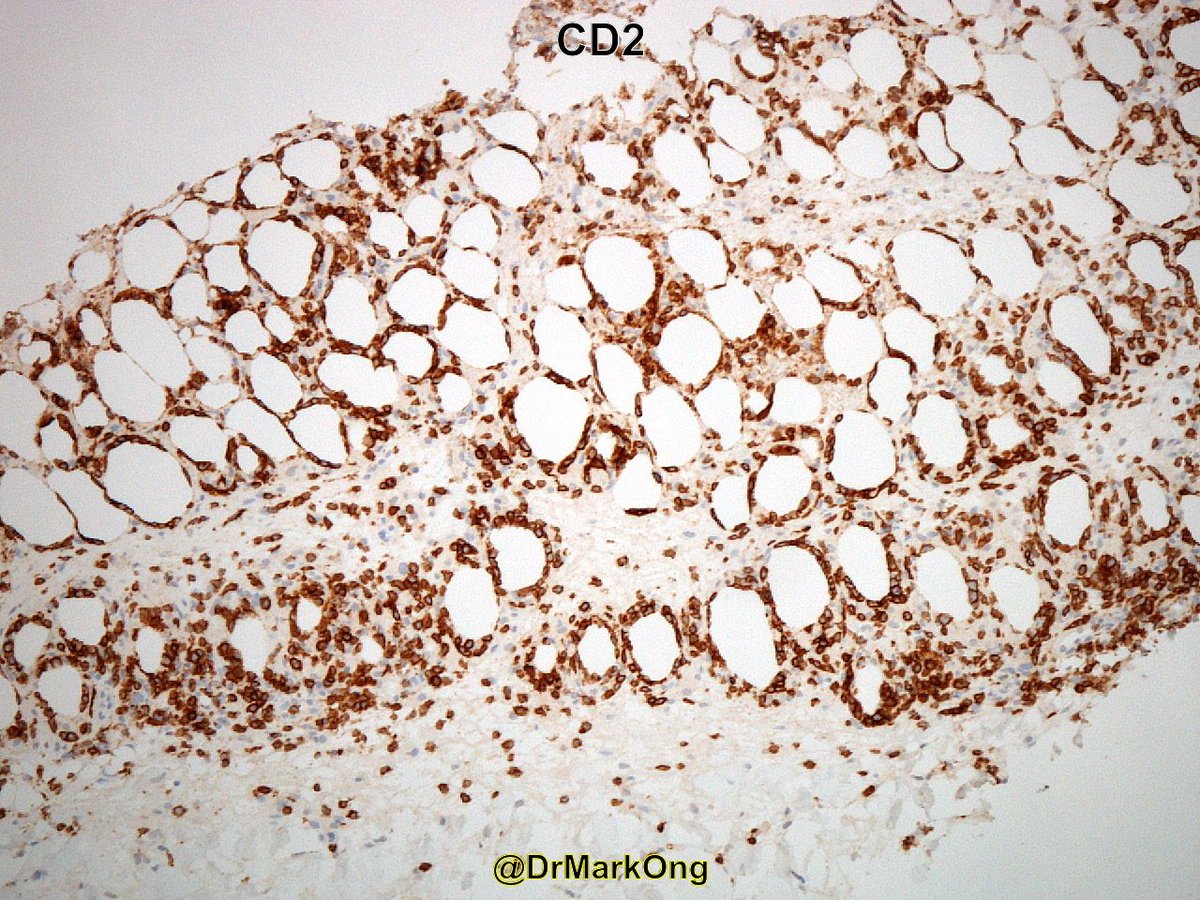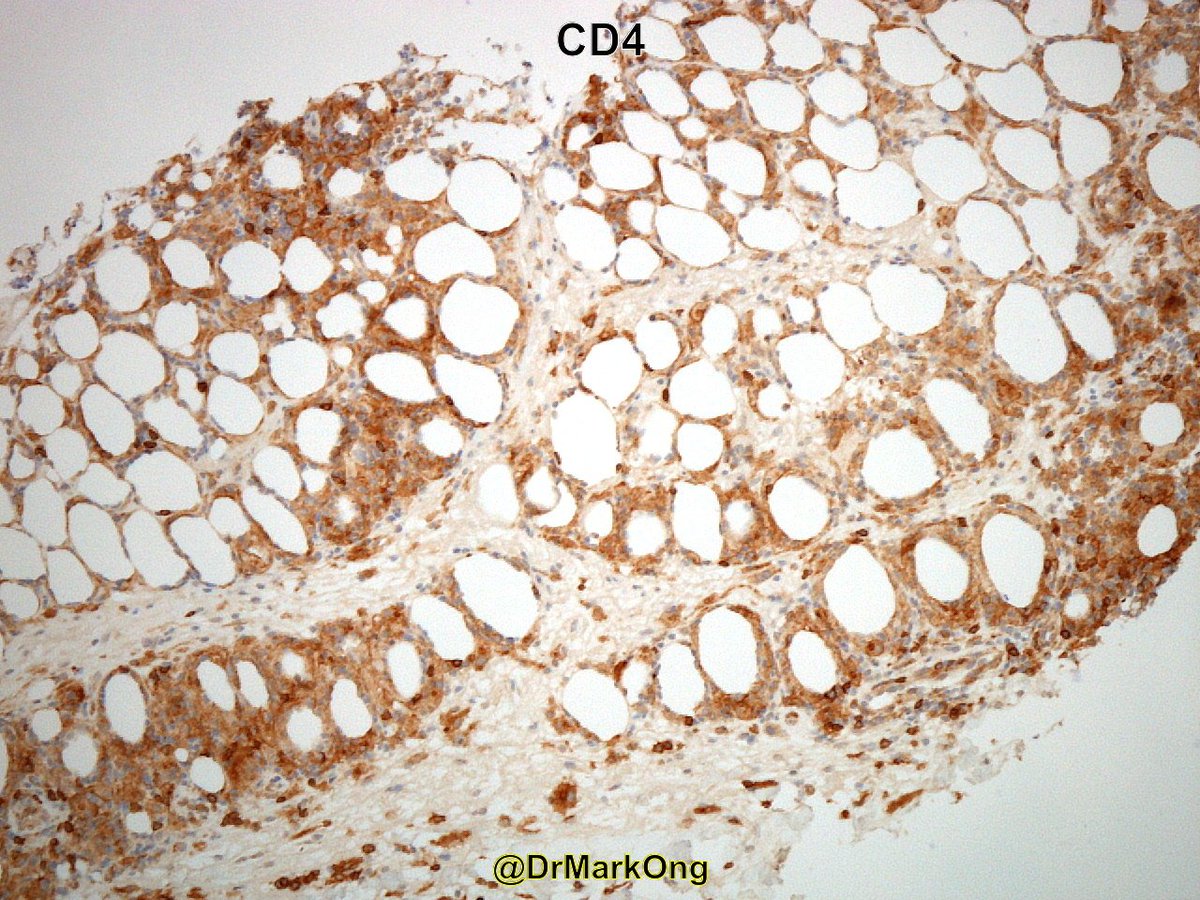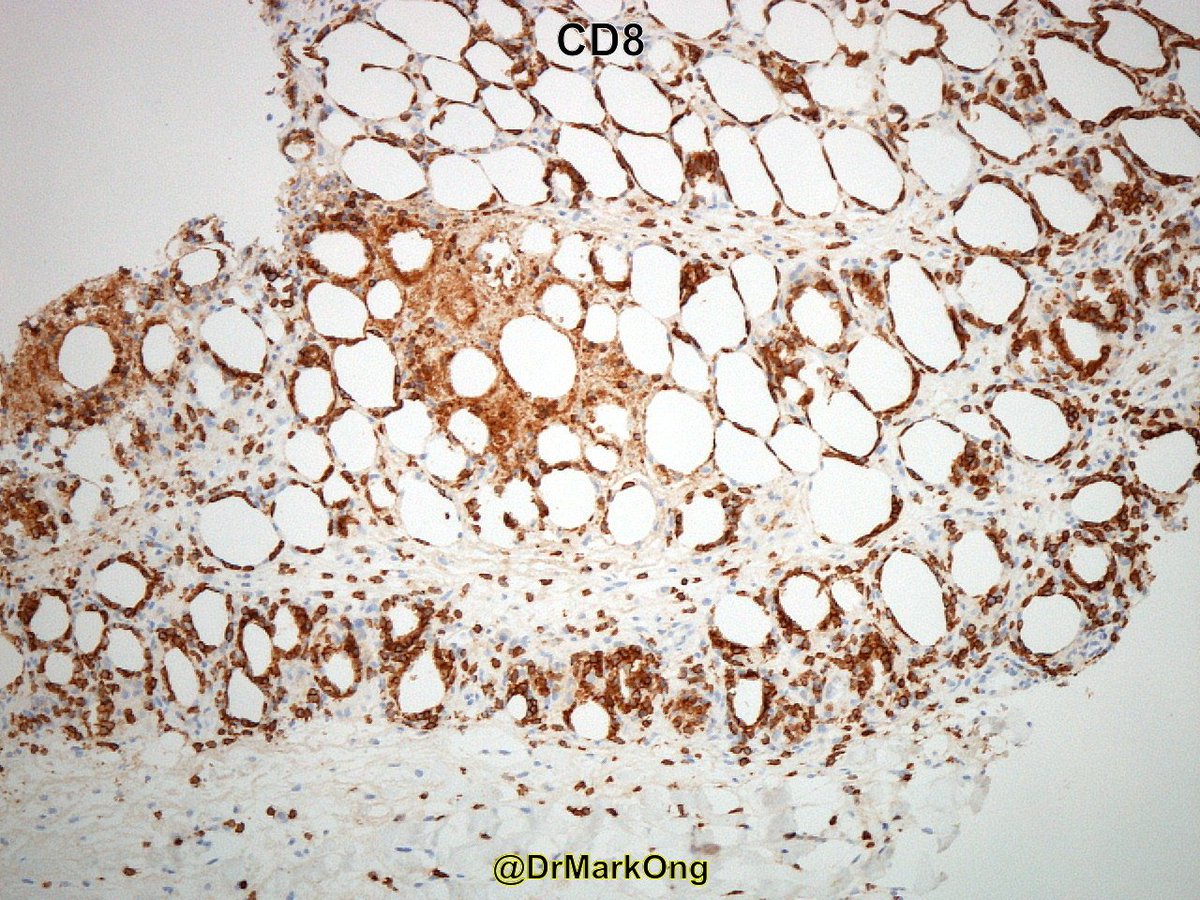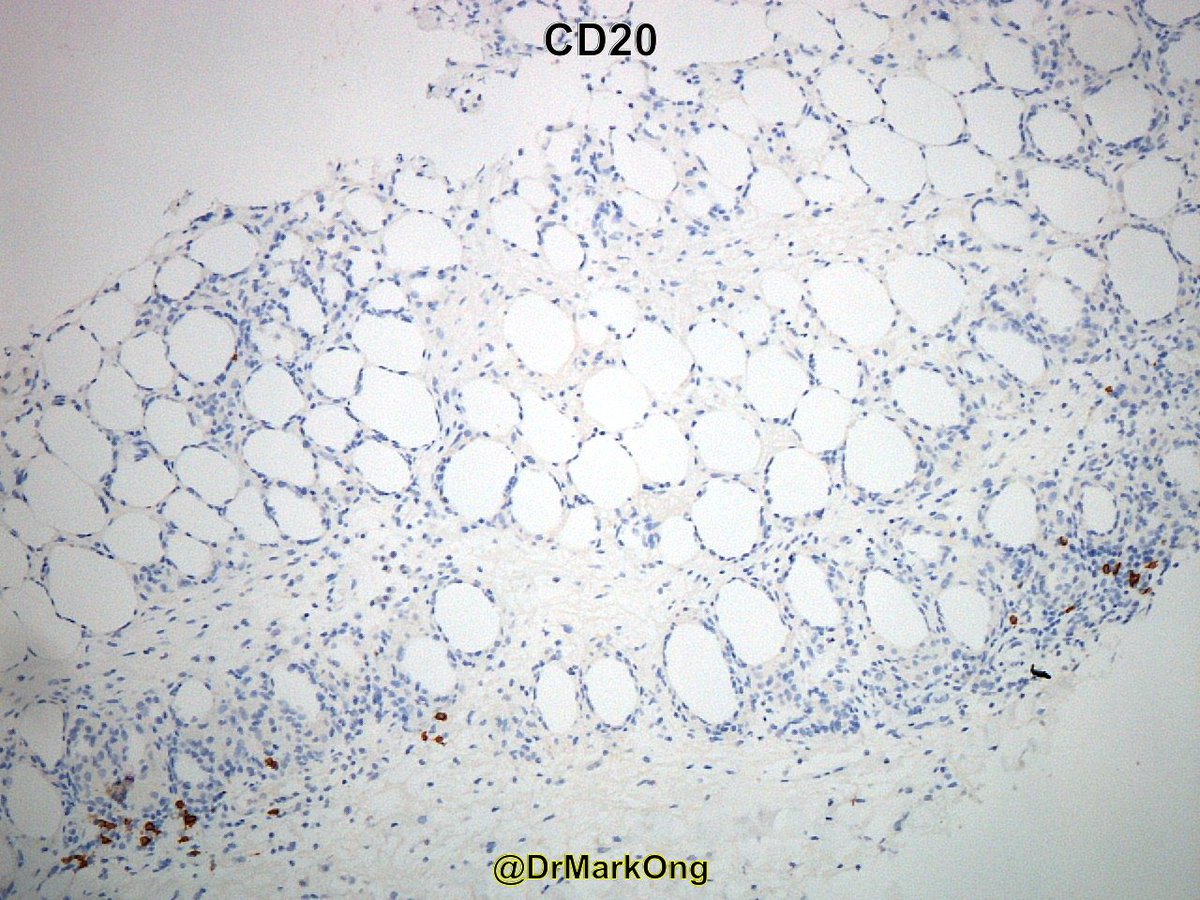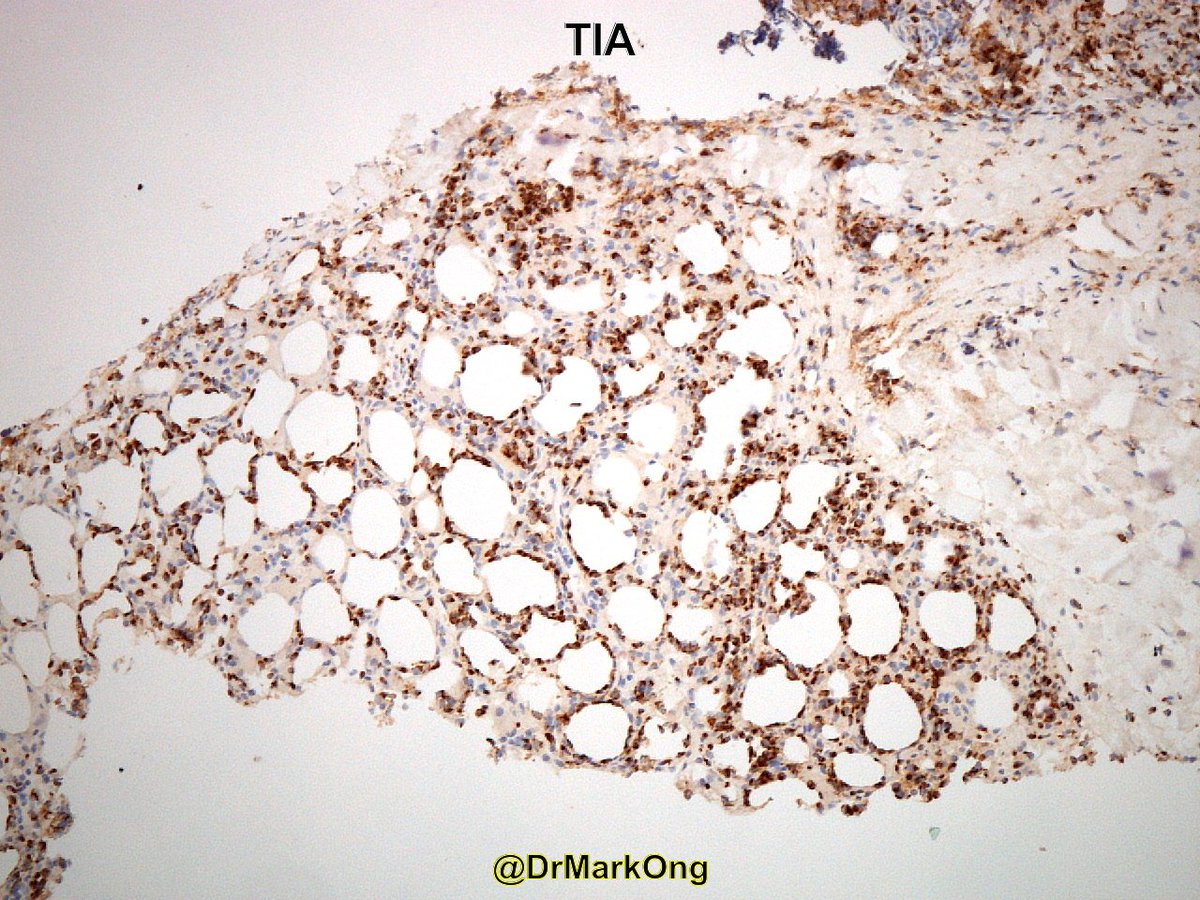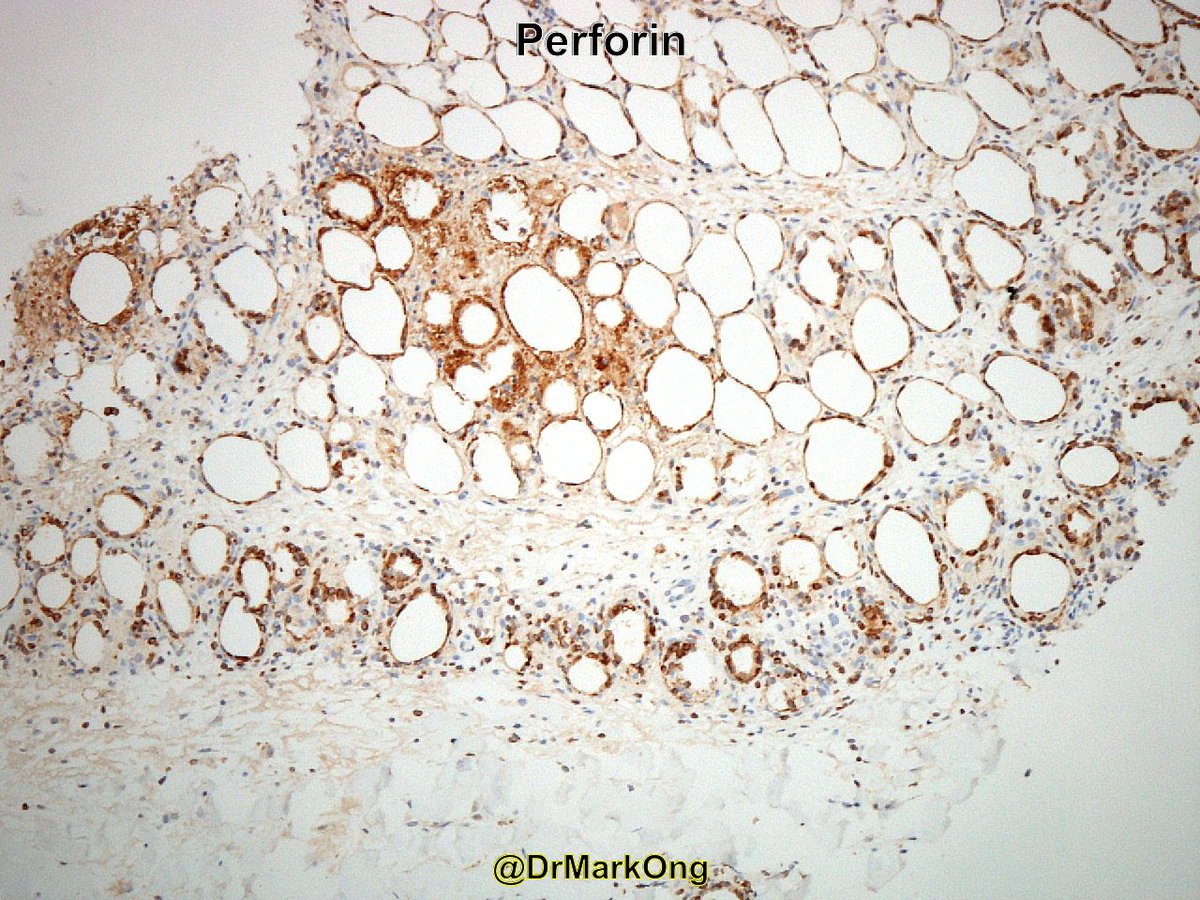Questions in the thread...
#pathology #IHCpath
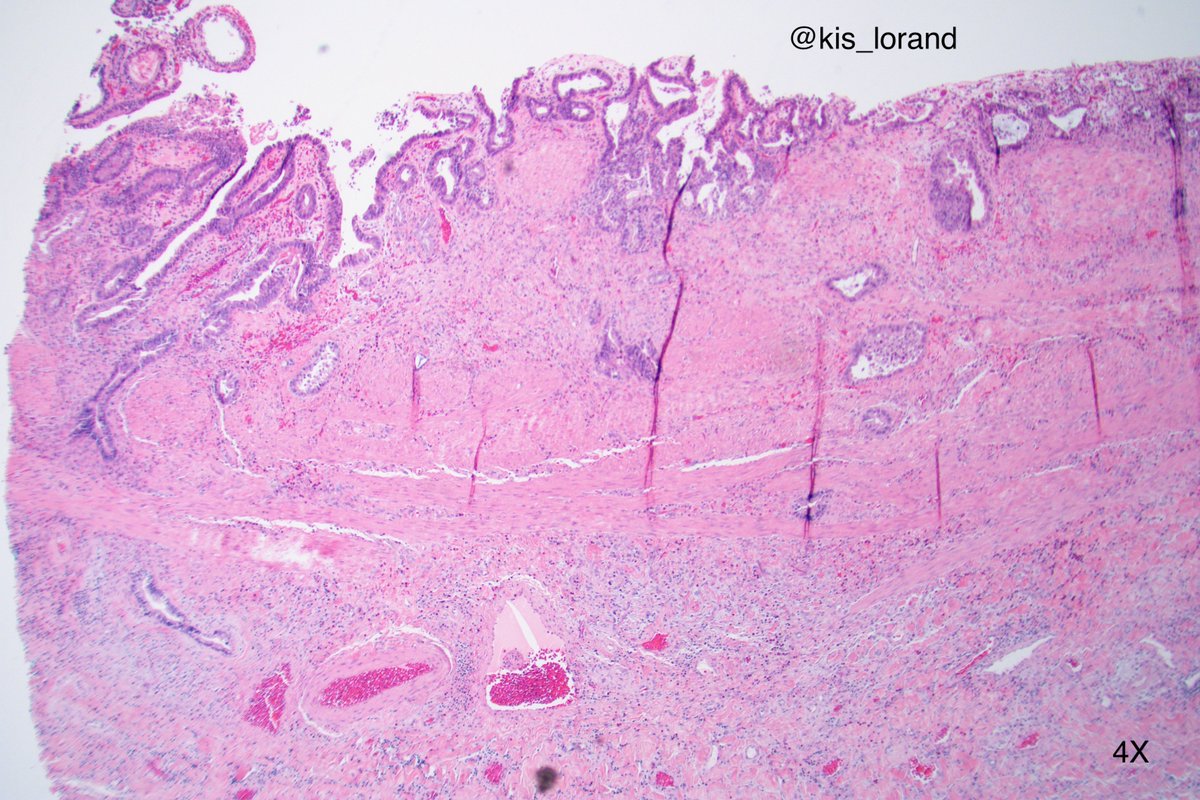
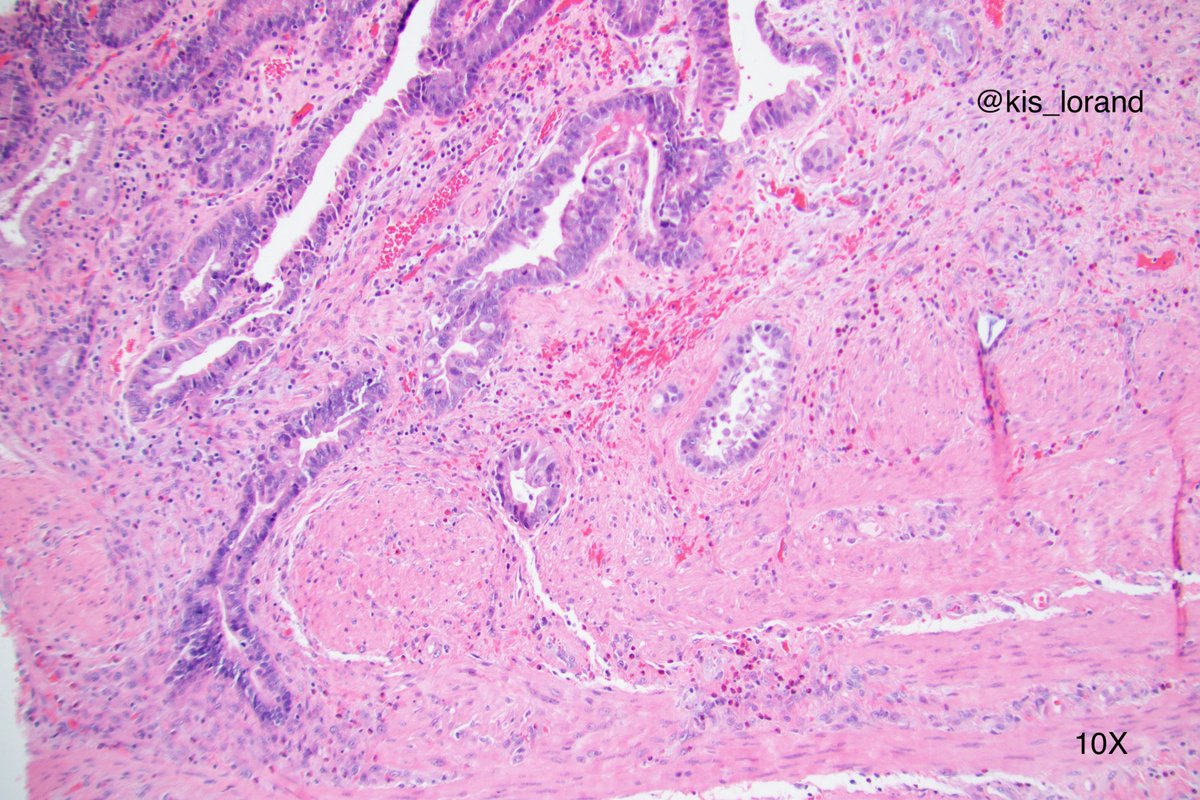
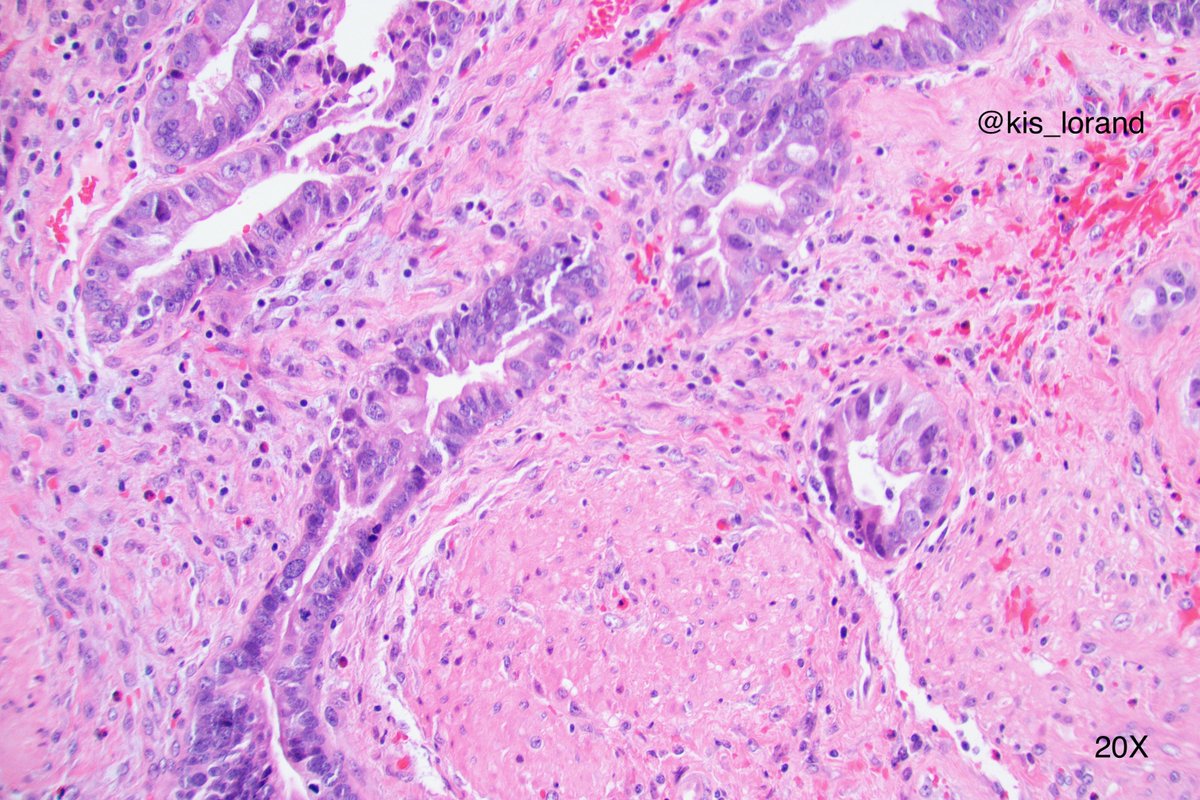
Some of the areas where p53 IHC is used, as already mentioned by some of you, are:
A urothelial CIS case that I posted previously
a) distinguishing HGSC from LGSC in a small biopsy
I find p53 IHC very interesting in this ddx as it becomes a cancer subtype-specific marker favoring HGSC is mutant pattern...PAX8, WT1, ER does not differentiate these 2 cancer types...
I posted such a case previously...
a). used as one of the adjunct markers to differentiate between pancreatic NET WHO grade 3 from pancreatic NEC grade 3
(picture courtesy of Dr. Aatur Singhi @PancPathologist )
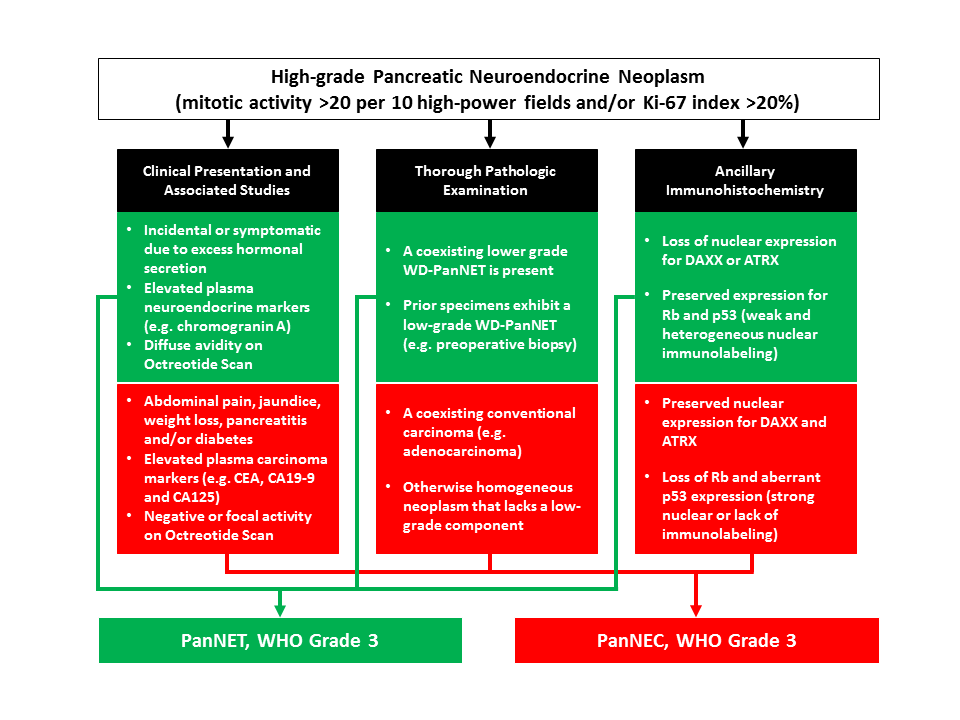
a) as an aid in the diagnosis of dysplasia in Barrett esophagus (BE).
In its simplest form a mutant p53 pattern would favor dysplasia (does not distinguish between LGD and HGD)
Did you know that:
➡️ germline p53 mutations lead to the Li-Fraumeni hereditary cancer predisposition syndrome

























